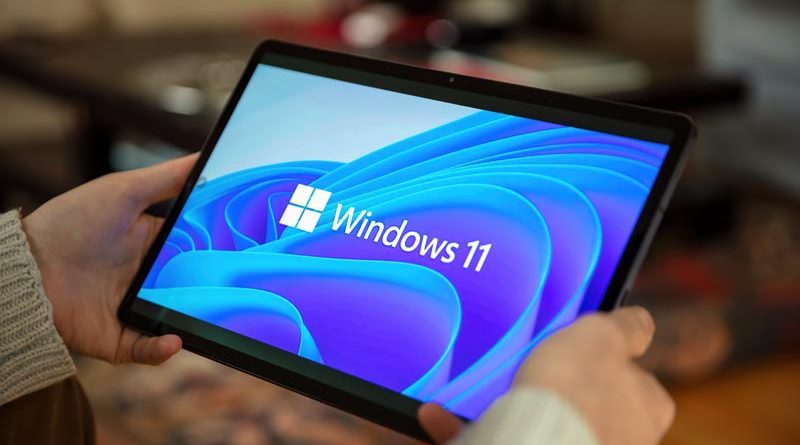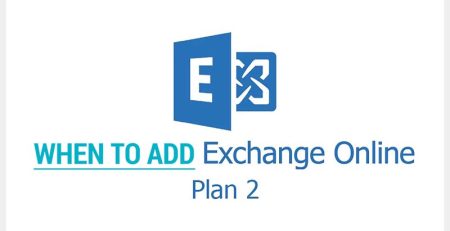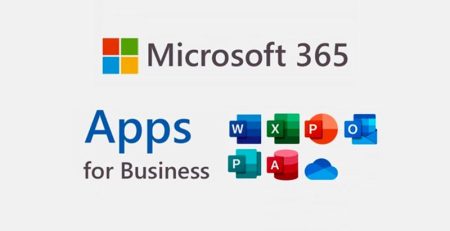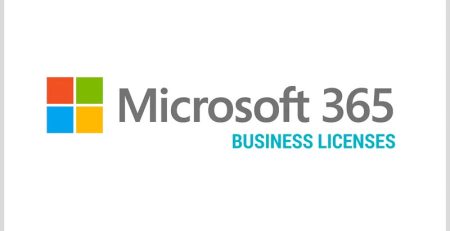Windows 11 In-place Upgrade or Clean Install?
Security updates and support for Windows 10 will end Oct. 14, 2025, so now is the time to consider upgrading to Windows 11.
There are two ways to do this:
- In-place upgrade: Install Windows 11 without removing Windows 10.
- Clean installation: Completely erase the hard drive and install Windows 11.
The in-place upgrade can easily be done using the . If your device is compatible with Windows 11, you should receive the option to upgrade under the Update settings. Note: Depending on your IT team’s or managed service provider’s policies, you may be restricted from performing the upgrade yourself.
Once you choose to upgrade to Windows 11, the assistant walks you through the process and upgrades your operating system automatically.
With an in-place upgrade, you can choose to keep Windows 11 or go back to Windows 10.
A clean installation, on the other hand, is a bit more complicated. Your managed service provider or IT team will erase everything on your device’s hard drive and install Windows 11 without installing Windows 10.
Because the entire hard drive is erased, a backup will need to be created to keep any settings, favorites, programs or profiles.
Which option is the best for you? Let’s discuss the pros and cons of each before making your decision.
Pros of In-place Upgrade
- It’s easy to do. Because the Windows Installation Assistant walks you through the steps, you don’t need to have any technical know-how to do it.
- There’s no need to format your hard drive, reinstall applications or change Windows settings. An in-place upgrade will keep your settings from Windows 10.
- Windows 10 isn’t removed from your device, so if you don’t like Windows 11 or there are incompatibility issues with some of your line-of-business software, you can easily revert to Windows 10. Just remember, you’ll need to upgrade permanently before Oct. 14, 2025, or purchase new computers that are compatible with Windows 11.
Cons of In-place Upgrade
- Can feature bugs and other incidents that force users to revert to the old version.
- Some programs and drivers are not compatible with Windows 11.
- Many unused and useless files are kept during the upgrade, which clutters your computer’s hard drive.
“In the past, IT experts generally have recommended doing a clean install when going to a new version of Windows. However, an in-place upgrade from Windows 10 to 11 is much more stable and features fewer bugs than previous upgrades.”
Pros of Clean Install
- Your computer’s hard drive is like new, as any bloatware, trial software or useless files will be removed.
- Any applications that are not compatible with Windows 11 will not be installed, meaning you won’t have to uninstall them manually.
- Generally comes with fewer bugs and issues than an in-place upgrade.
Cons of Clean Install
- You will need to back up your files before doing a clean installation.
- Any Windows settings you set up will need to be reconfigured, internet favorites will need to be restored and applications you previously installed will need to be reinstalled.
- Takes much longer to perform, especially if you have multiple devices that need to have Windows 11 installed.
In the past, IT experts generally have recommended doing a clean install when going to a new version of Windows. However, an in-place upgrade from Windows 10 to 11 is much more stable and features fewer bugs than previous upgrades.
The bottom line is there is no right or wrong way to go from Windows 10 to 11.
The following table is a quick reference guide for the pros and cons of doing an in-place upgrade vs. a clean install.
Feature | In-place Upgrade | Clean Installation |
Process | Installs Windows 11 over Windows 10, preserving files, settings and applications. | Erases everything on the hard drive and installs Windows 11, starting fresh. |
Ease of Use | High; guided through Windows Installation Assistant. | Moderate; requires technical knowledge or IT support. |
Data Preservation | All data is preserved. | Requires backup; all data is erased. |
Flexibility | Can revert to Windows 10 if needed. | Reversion is not directly possible. |
Stability | Potential for retaining clutter or inherited bugs/issues from the old system. | Generally offers better performance due to a fresh start; likely to be more stable due to the absence of legacy issues. |
Time Investment | Less time consuming; straightforward upgrade. | More time consuming; requires comprehensive preparation and installation. |
An in-place upgrade will be much faster since Windows will walk you through the steps, but your computer likely will have programs on it that are not compatible with Windows 11 and there will be unnecessary files taking up hard drive space.
A clean install will wipe your computer clean, so it’s almost as if you have a new computer, but the process is much longer and you’ll need to back up your data and reconfigure your settings once the new version is installed.
Do You Have Computers That Need Windows 11?
Contact us here, and we’ll help you decide if in-place upgrades or clean installs are best for you and your organization.











